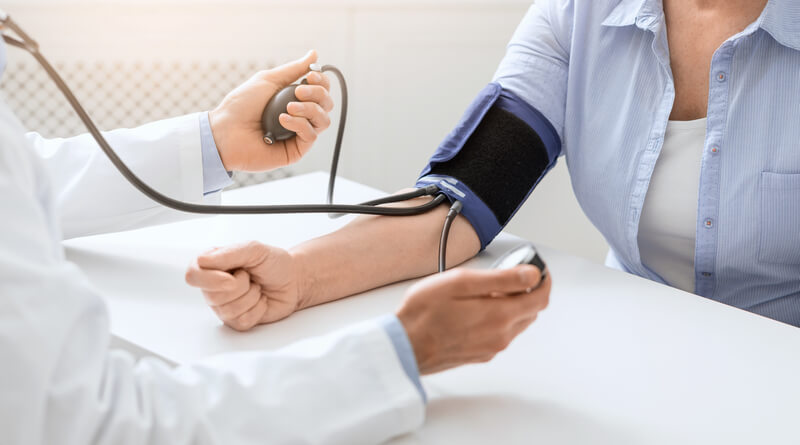The Last 10 Years: How Technology Has Increased Patient Safety

The following guest post on how health IT technology has increased patient safety in healthcare was submitted by Hannah Whittenly.
With healthcare demand growing in an aging population, medicine has become a competitive field. It’s increasingly difficult for administrators and staff to manage facilities and costs while still maintaining quality and safety in patient care. Thankfully, new technologies over the past decade are helping to keep patients protected. Here are just a few of them:

Advances in health IT have increased patient safety in healthcare.
Image Archives
Picture archiving and communications systems (PACS) are cross-platform, online repositories for medical imaging records like x-rays and MRIs. PACS enables file sharing so that medical consultants and specialists from anywhere in the world can review diagnostic imaging in moments. Even within the same facility, all physicians and nurses are looking at one common, complete set of medical images.
Patients can accumulate quite a lot of these images over a lifetime of medical care. New PACS systems can automatically archive older images that are no longer relevant and organize new ones. Shared, updated information leads to faster diagnoses and more effective treatments.
Bar Codes and RFID
Bar codes and RFID chips are a way to instantly provide information. While they’ve been around for a while, mobile apps and better optical and radio frequency scanners are making them incredibly convenient. Bar codes or chips can be affixed to equipment, bottles of medication, patient beds, entry and exit points, and even patient and employee badges.
Strategically placed scanners can record and track movements so that nothing is misplaced and workflows can be analyzed for better efficiency. Monitoring also helps to provide better physical security for staff and patients. In emergencies, wandering patients or needed staff members or equipment can be almost instantly located.
Health Information Technology
Modern HIT systems are becoming praised as the solution to streamlining hospital practices. Efficient digital record keeping and reporting is helping to eliminate medical errors that were once a source of concern for patients, administrators, and insurers. Mistakes sometimes led to a patient being forced to undergo needless surgeries or treatment, or given the wrong medication.
Unique patient IDs associated with electronic records have helped to overcome this problem. Sinus and allergy tests and treatments, like those that Premier Surgical Associates does, improve the quality of life for patients of all ages, and now become permanent records for future reference. Every detail in any treatment is electronically documented to keep records updated and provide opportunities for analysis and improvement.
Biometric Patient Identifiers
There are a few areas of the human body that are unique to individuals: fingerprints and iris patterns for example. Because those areas are completely unique, they can actually be used to identify a person. This is important in the case of death, hospital emergencies, and in the case of a missing person situation. Although technology has been being used to track fingerprints for a while now, iris cameras are becoming more available and are being used as biometric patient identifiers.
Due to the fact that such devices require that a patient willingly interacts with the technology, acceptance is a key part of any biometric patient identification deployment. It is critical that healthcare organizations that deploy biometrics for patient identification offer a clear and transparent explanation to patients that the technology is in place to protect their identities and help prevent medical errors.
Though technology continues to evolve, once proven and put in place it provides advantages and consistent results. Today’s medical technology is developing into a reliable system for improving care and patient safety.
Hannah Whittenly is a freelance writer and mother of two from Sacramento, CA. She enjoys kayaking and reading books by the lake.









Leave a Reply
Want to join the discussion?Feel free to contribute!